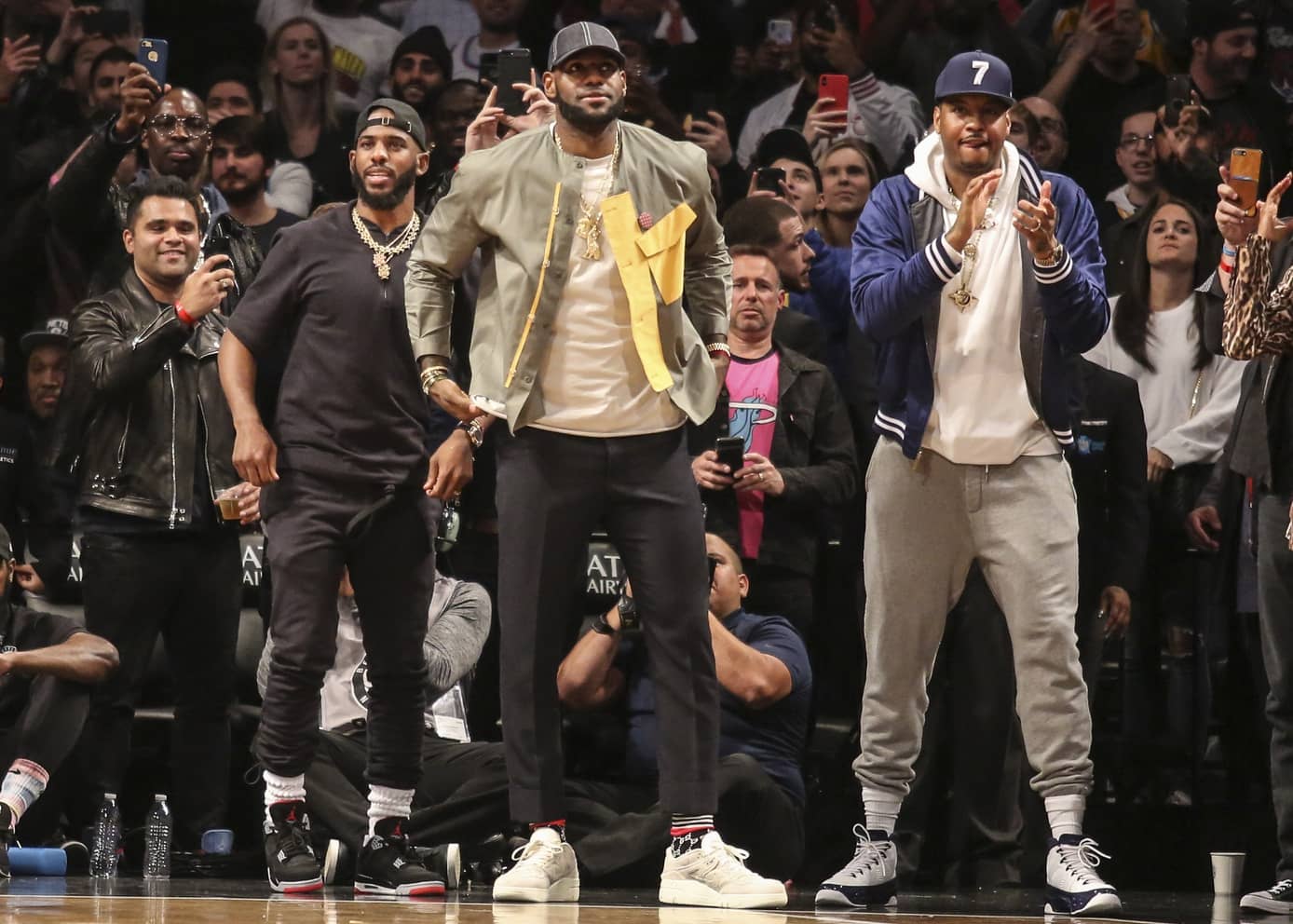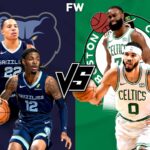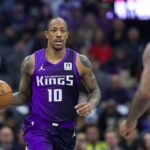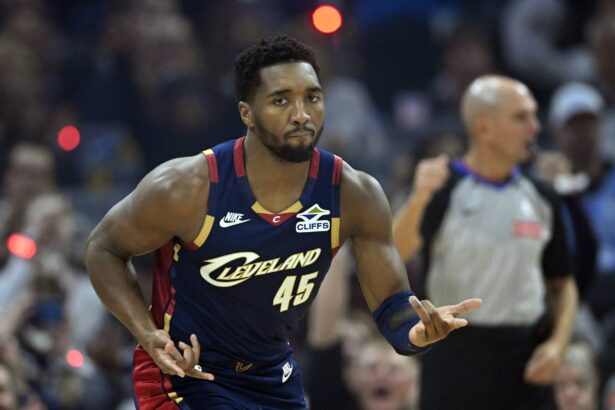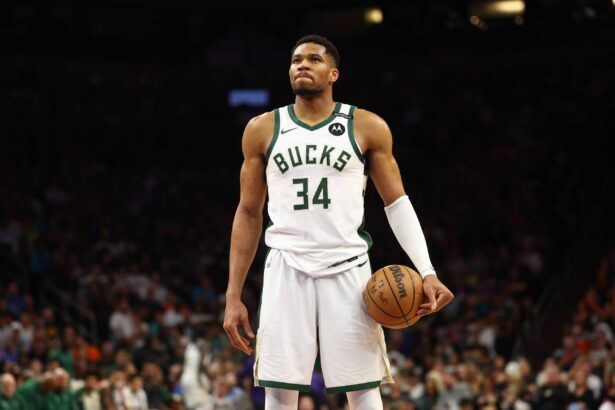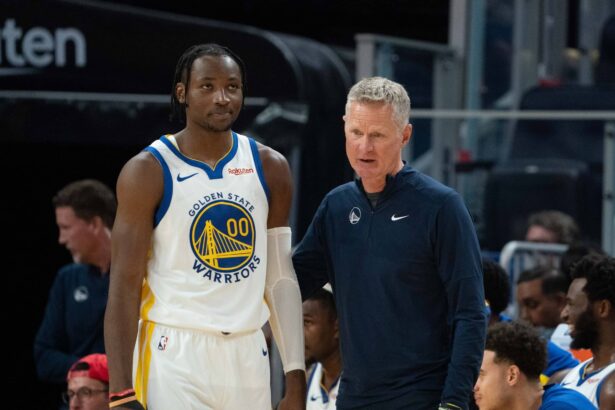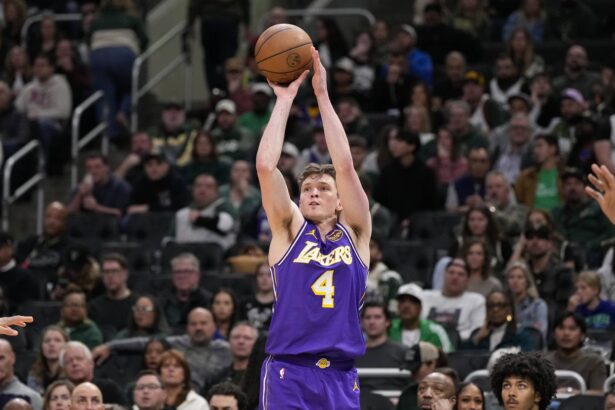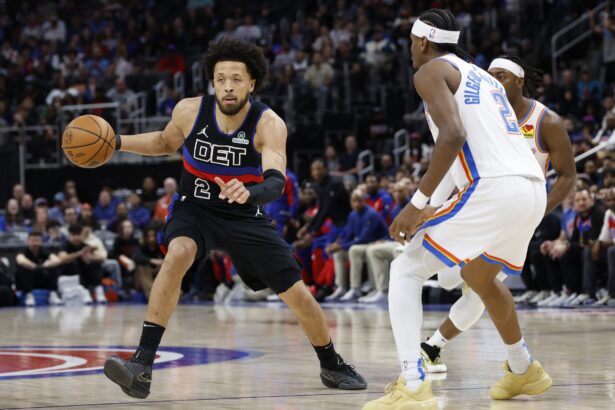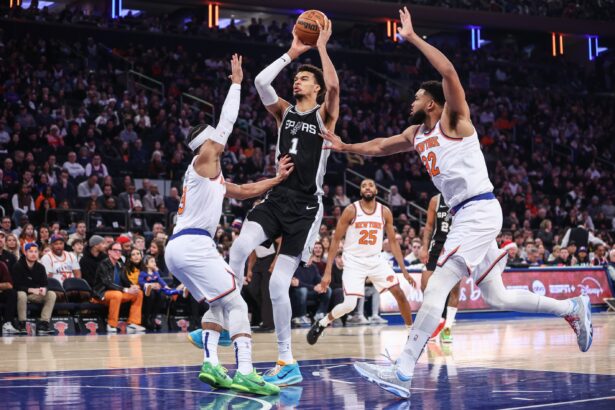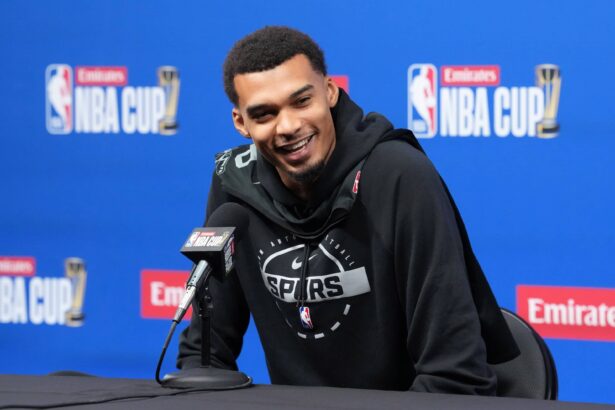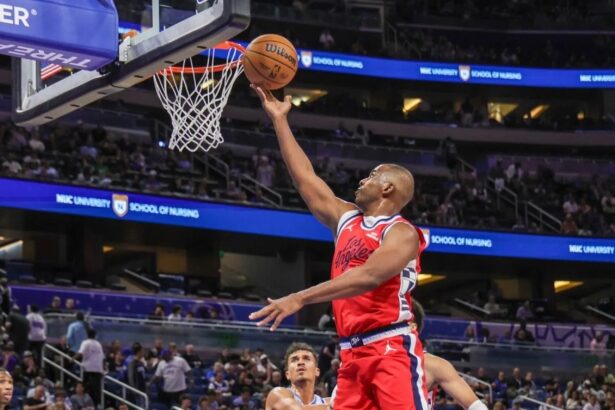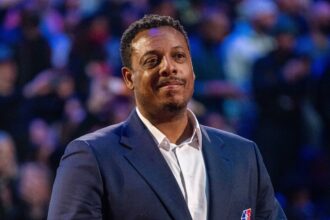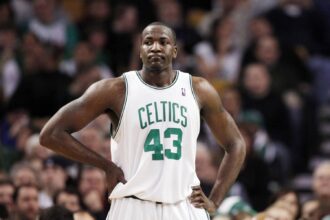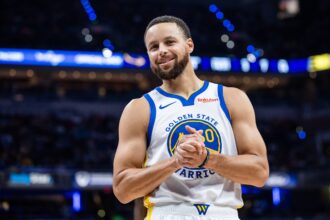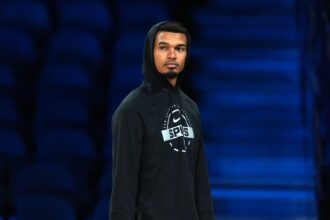Adrian Wojnarowski recently shared his insights on the transformative impact LeBron James, Carmelo Anthony, and Chris Paul had on the NBA during his appearance on the ‘7PM in Brooklyn’ podcast. Reflecting on the seismic shifts that took place in the late 2000s and early 2010s, Wojnarowski pinpointed a pivotal moment when the NBA fundamentally changed—both as a business and as a cultural phenomenon.
“I think the business changed to me when it started to change in 2008 when you guys went to the Olympics together, and then it really changed in 2010 when LeBron and Chris Bosh went to Miami. Then Melo is moving out of Denver, and Chris Paul’s moving out of New Orleans.”
“I would say that Olympic team in ’08, and then I came along at that time. I had gone to Yahoo, and I started on Twitter—I think draft night in 2009—and all of a sudden, it became like college basketball or college football, right? You had the season, and then you had recruiting, right? They were two different things.”
“In the NBA, that was never the case. Free agency mattered—I mean, I covered it—and trades, they mattered. But all of a sudden, once LeBron went to Miami, it changed how players looked at the league.”
“And that ’08 team started to plant the seeds with guys about, ‘We can play together, we can call the shots, we can get where we want to get.’ Carmelo got where he wanted. Chris Paul sort of got where he wanted—he didn’t get exactly what he wanted. He got to the city, but he didn’t get to the right end of the locker room.”
“But I think that was a time where the transaction became the story. Now, all of a sudden, there was such an appetite with fans. I got on Twitter, and I started breaking this news, and I was on Yahoo.”
“It was new, and now, all of a sudden, people know the names of the GMs. Like, they would know Jerry West because he was Jerry West, or Joe Dumars because he was a Hall of Fame player, but now they know who Daryl Morey is. They knew who other guys were. In the past, people didn’t know the GMs who weren’t ex-players. And now they’ve become part of the story—like, who won the trade?”
“Now all these trades that don’t seem like they amount to much—no, they’re clearing cap space because they want to try to sign Melo this summer.”
“They trade picks to get there, and now every move has this bigger meaning behind it, a bigger story, and people are just caught up. And so I’m on Yahoo; there’s a younger audience, they’re on Twitter, they’re on Yahoo, and it became this whole other part and way to cover the sport.”
“Then I realized, when I started out, people didn’t know who I was. Until my late 30s, I was a suburban newspaper columnist in New Jersey. I had done The Miracle of St. Anthony on Bob Hurley, and that got me some recognition.”
“But all of a sudden, you realize the people in the league knew who you were now. Like, when I first started covering the league, it was like—and I’m at Yahoo—I’m like, ‘How do I explain to Donnie Walsh and Jerry West what Yahoo is?’ Yeah, like, ‘What do you mean Yahoo?’ They didn’t understand.”
“So I went after the young agents, the young GMs, the young coaches, and the younger players. They knew Yahoo—they would go there to get their mail. And so I started there because I couldn’t get to the Arn Tellems, Dan Fegans.”
“But as you broke news, they started to notice you and take you seriously, and then you were able to build relationships with the guys who were at the top of it.”
“So I would just say the business changed around LeBron, Carmelo, and Chris Paul. It was a new industry, and now this really mattered. And then we became this world of trades—real trades, make-believe trades, proposed trades.”
LeBron’s decision to join Miami, Melo’s trade to New York, and CP3’s move to Los Angeles sparked a new culture in the NBA. Every trade, draft pick, and free-agent signing became scrutinized through the lens of championship-building. Wojnarowski described this era as the birth of a new industry, where the transaction itself became as captivating as the sport.
Ultimately, Adrain Wojnarowski credited this period of NBA history, driven by the decisions of LeBron, Melo, and CP3, for changing how the league operates and how fans engage with it. It turned the NBA into a 24/7 spectacle, where offseason moves and player agency became defining elements of its identity.
Thank you for being a valued reader of Fadeaway World. If you liked this article, please consider following us on Google News. We really appreciate your support.

